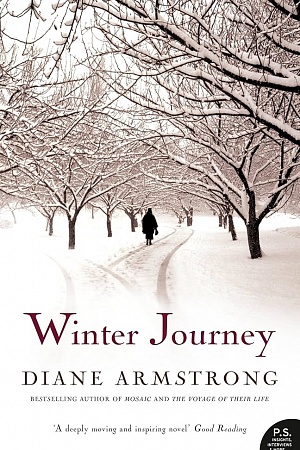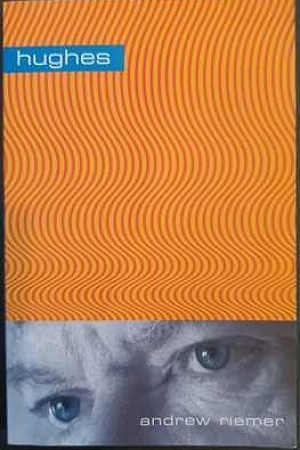ABR receives a commission on items purchased through this link. All ABR reviews are fully independent.
Oscillating paradoxes
Dominated by tropes of repetition, inversion, and doubling, Parade feels like a hall of mirrors that reflects and re-imagines pieces of reality while also refracting elements of Rachel Cusk’s own body of work. This is not recognisably a novel or a collection of short fiction, but a new iteration of the style initiated by Cusk’s lauded Outline trilogy (2014), a patchwork of vignettes unfolded by an enigmatic narrator. Cusk continues to push the boundaries of fiction, exploring oscillating paradoxes of connection and disconnection, passion and dispassion, attachment and hatred, creation and destruction. At the heart of all of these is the generative primal conflict of gender; together these form the bleak coordinates of the Cusk cosmos.
A painter in the first storyline (classic Cusk, a celebrated misogynist who does not believe that women can be artists) creates inverted landscapes with a quality of ‘demented calmness’, a term that aptly describes Cusk’s own tone. Is it the coldness of absurdist detachment or the eerie sedation of disassociation symptomatic of trauma? Can it be both?
Continue reading for only $10 per month. Subscribe and gain full access to Australian Book Review. Already a subscriber? Sign in. If you need assistance, feel free to contact us.
ABR receives a commission on items purchased through this link. All ABR reviews are fully independent.















Leave a comment
If you are an ABR subscriber, you will need to sign in to post a comment.
If you have forgotten your sign in details, or if you receive an error message when trying to submit your comment, please email your comment (and the name of the article to which it relates) to ABR Comments. We will review your comment and, subject to approval, we will post it under your name.
Please note that all comments must be approved by ABR and comply with our Terms & Conditions.